AN EXPEDITION IS A JOURNEY, an adventure, and the dream of a lifetime.
A lengthy excursion to one of the globe’s great mountain ranges can make for lasting memories. At best, an expedition is like a long, exotic vacation—close friends, colorful travel, world-class terrain, and jubilant summit selfies. At worst it’s a seemingly endless bad trip, beset by Acute Mountain Sickness, chronic angst, and zero climbing—all topped off by a crushing credit card bill. Ideally, you’ll want to land somewhere between those two extremes. Combine thorough planning and preparation with successful execution, then throw in the inevitable mishaps, and you’re guaranteed a successful climbing expedition.
When it comes to exploring the far corners of the Earth, there’s no better teacher than experience. From Alaska to Patagonia to the Himalaya, Luke Smithwick knows a thing or two about climbing big objectives in far-flung mountain ranges. Below are his top 10 tips for maximizing your own trip.

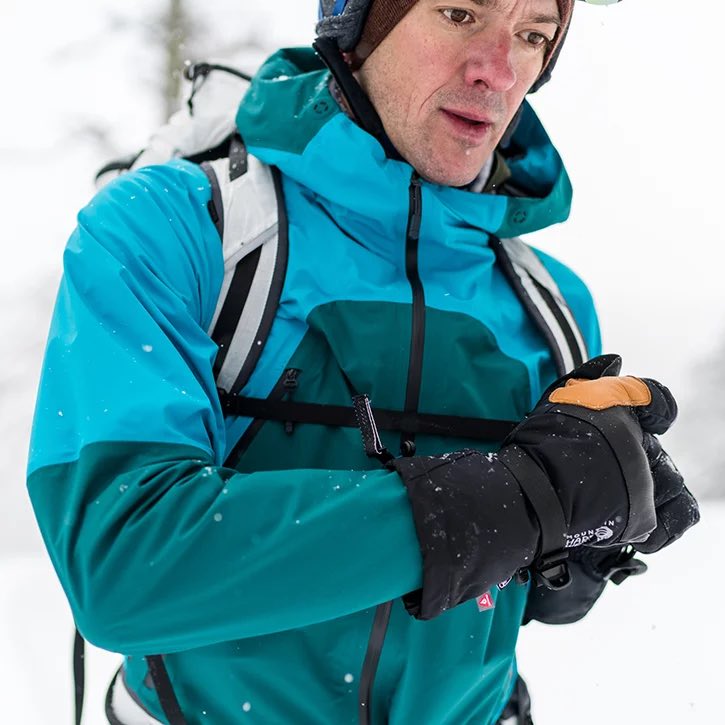
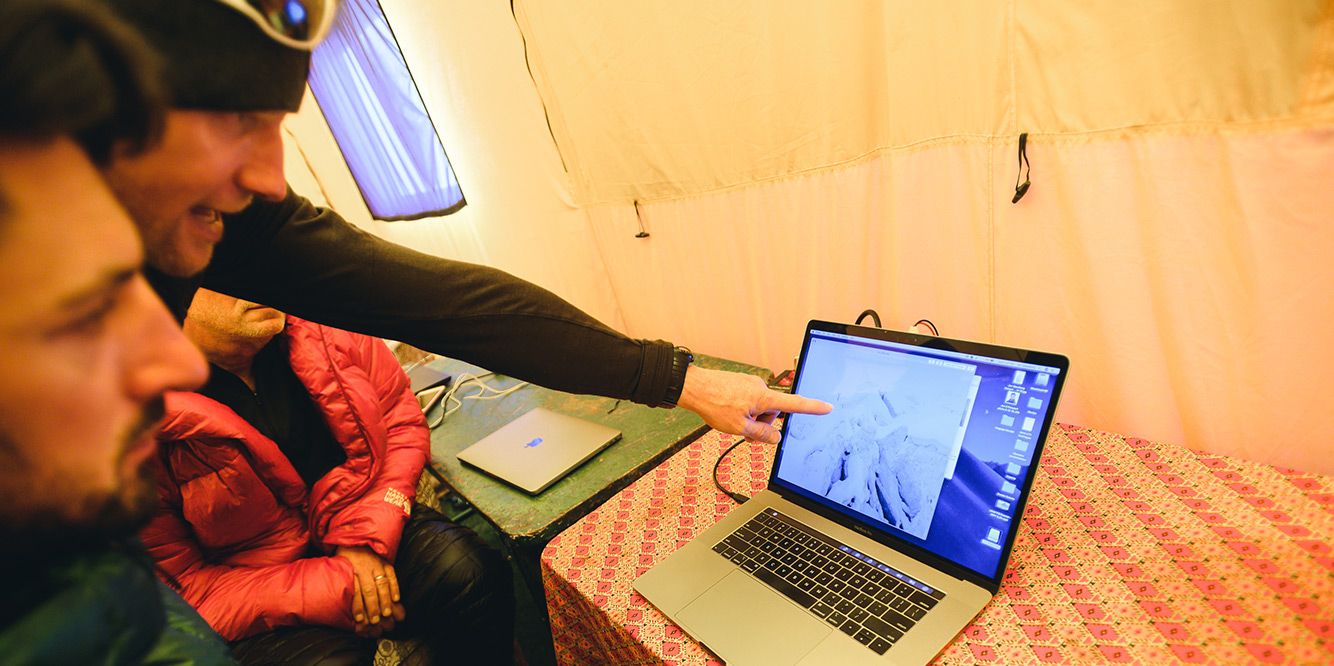
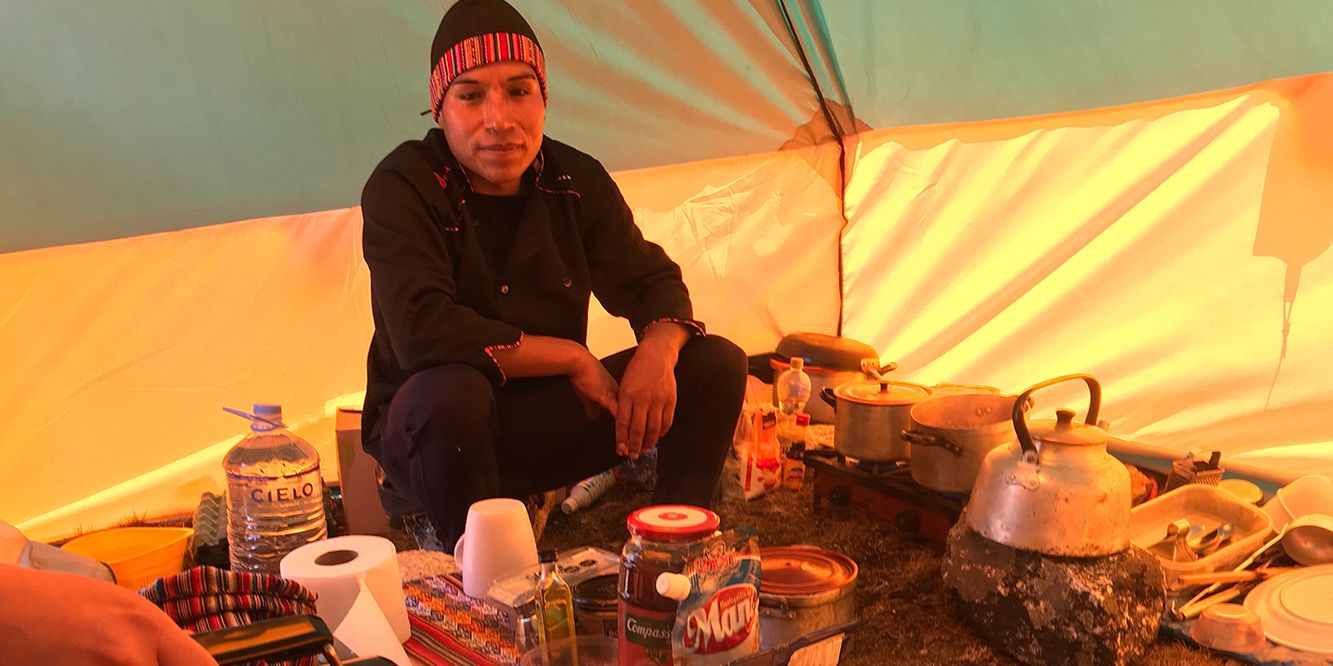
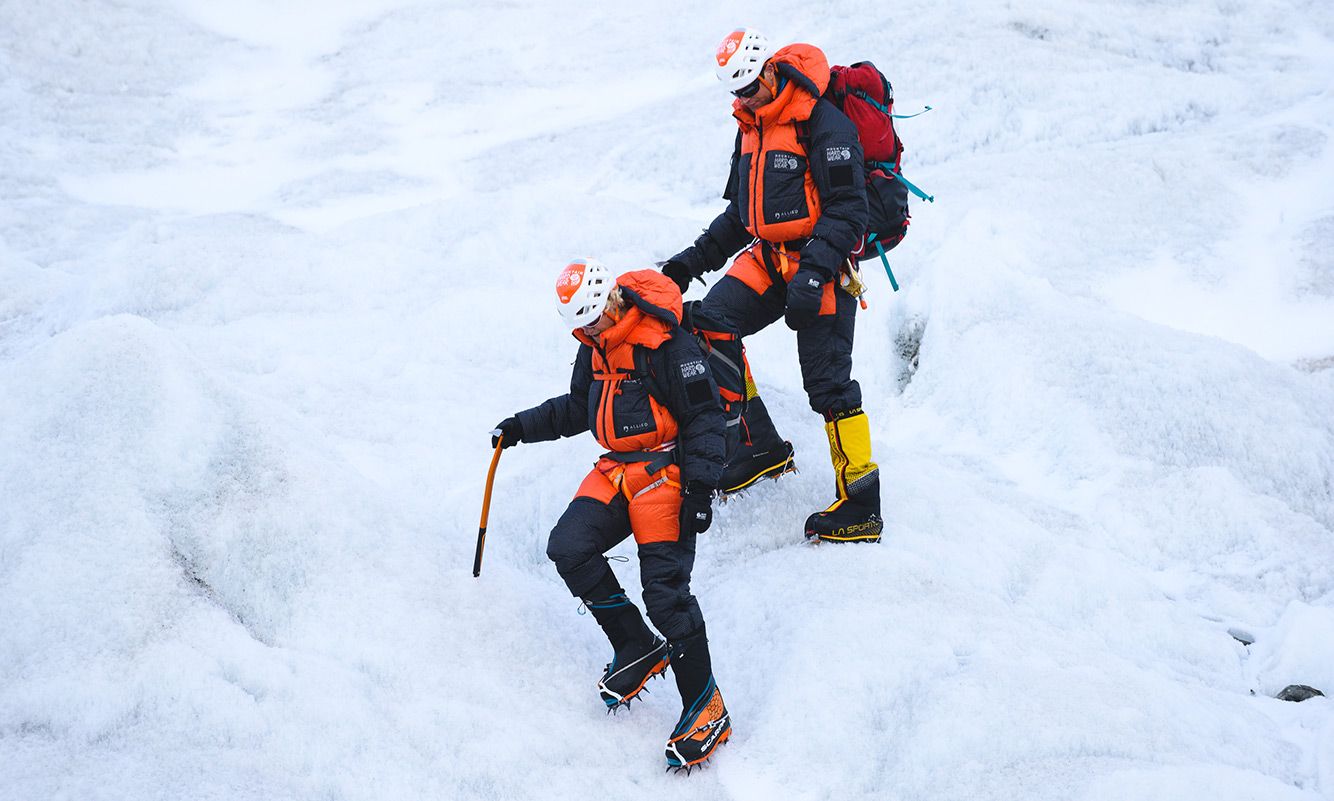
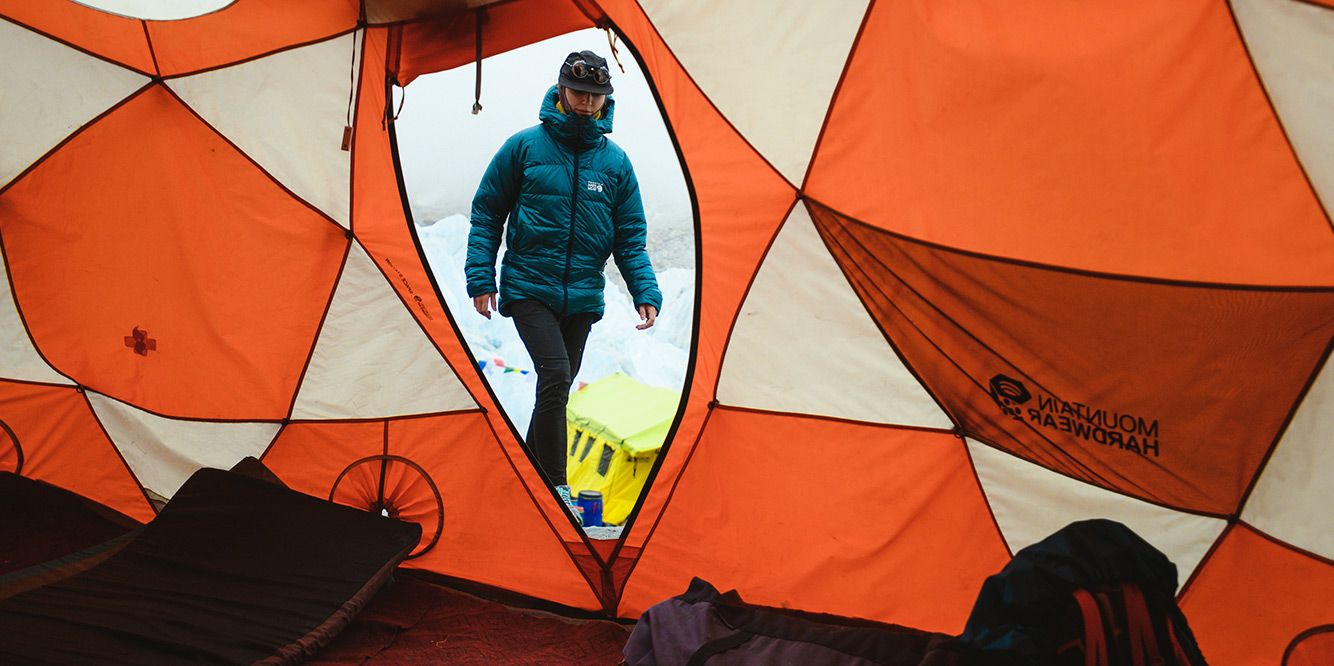

Subscribe to Himalaya Alpine Guides